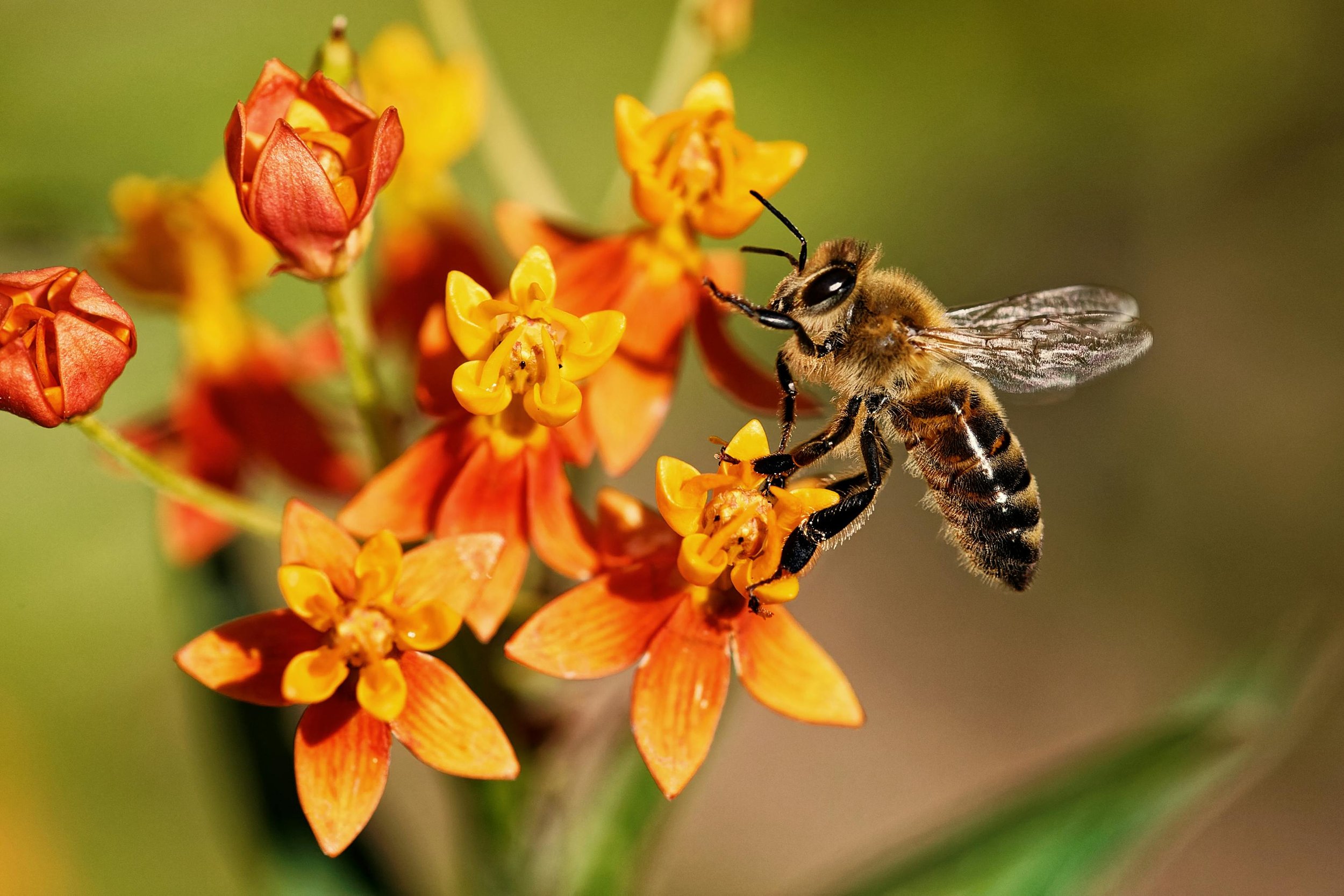 Image 1 of 2
Image 1 of 2

 Image 2 of 2
Image 2 of 2



Showy Milkweed - Asclepias speciosa
Asclepias speciosa (Showy Milkweed) lives up to its name with striking, star-shaped pink and white flower clusters that rise above broad, velvety foliage. Its bold texture and silvery-green leaves give it a statuesque quality, making it one of the most visually distinctive milkweeds. Historically valued in various preparations, it was once used for a wide range of needs, from soothing applications to material uses such as cordage. In the landscape, A. speciosa offers strong architectural form and works well as a focal point or grouped in bold drifts. Its blooms are not only beautiful—they are a magnet for pollinators and serve as critical breeding habitat for Monarch butterflies.
Sun Exposure: Full
Soil Moisture: Medium-Dry, Dry
Bloom Time: May – July
Height: 3–5 ft
Wetland Status: FACU
Host Plant For: Monarch (Danaus plexippus) butterflies.
Asclepias speciosa (Showy Milkweed) lives up to its name with striking, star-shaped pink and white flower clusters that rise above broad, velvety foliage. Its bold texture and silvery-green leaves give it a statuesque quality, making it one of the most visually distinctive milkweeds. Historically valued in various preparations, it was once used for a wide range of needs, from soothing applications to material uses such as cordage. In the landscape, A. speciosa offers strong architectural form and works well as a focal point or grouped in bold drifts. Its blooms are not only beautiful—they are a magnet for pollinators and serve as critical breeding habitat for Monarch butterflies.
Sun Exposure: Full
Soil Moisture: Medium-Dry, Dry
Bloom Time: May – July
Height: 3–5 ft
Wetland Status: FACU
Host Plant For: Monarch (Danaus plexippus) butterflies.



















